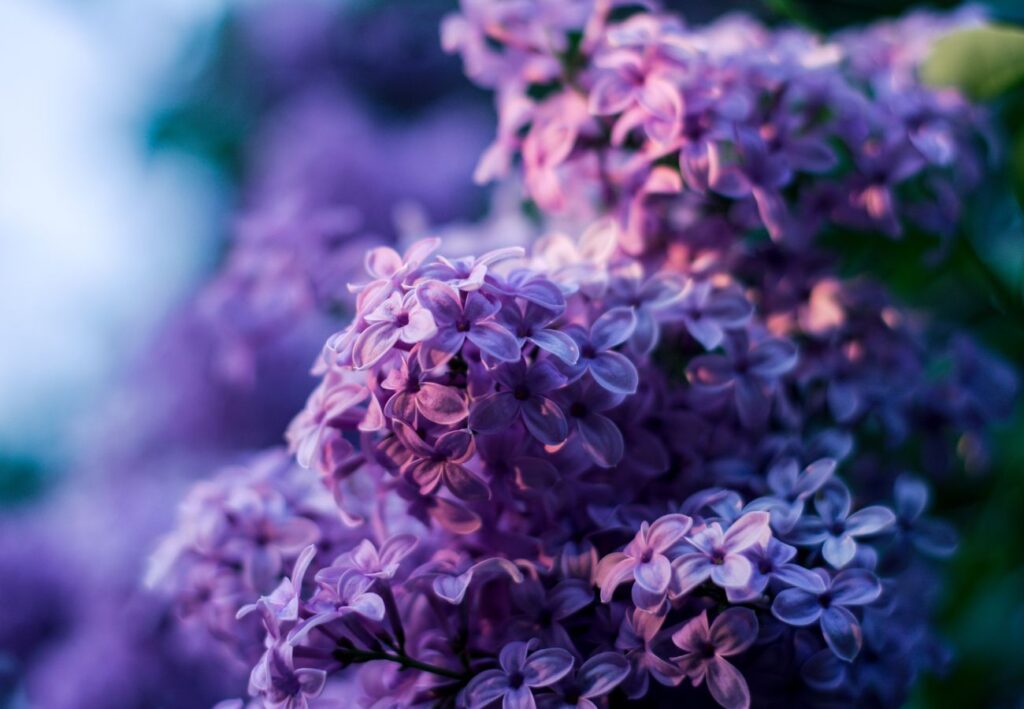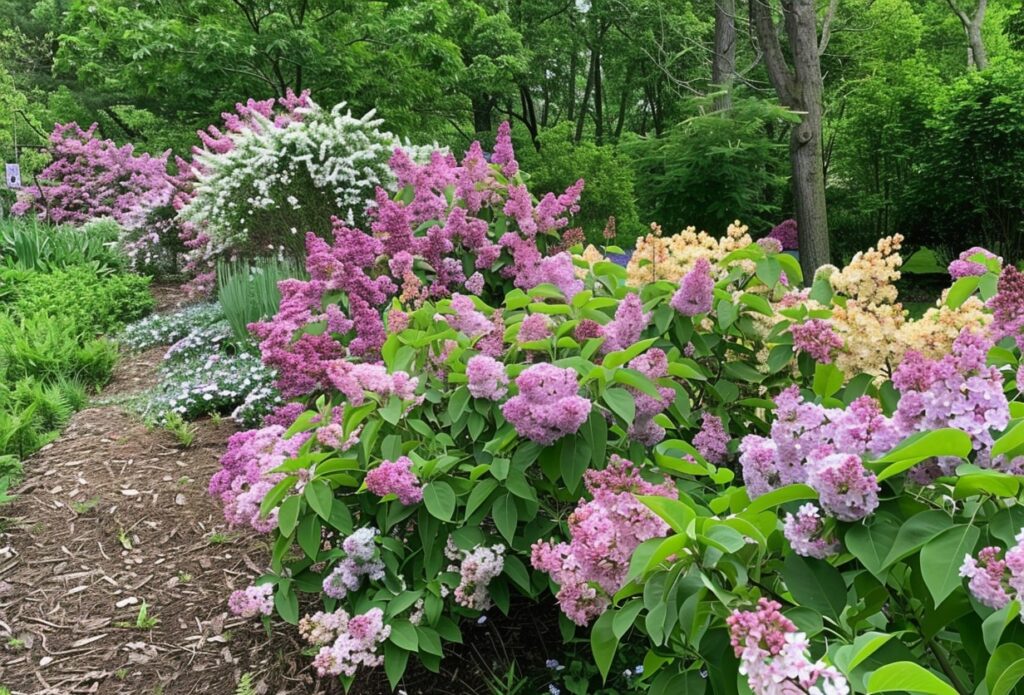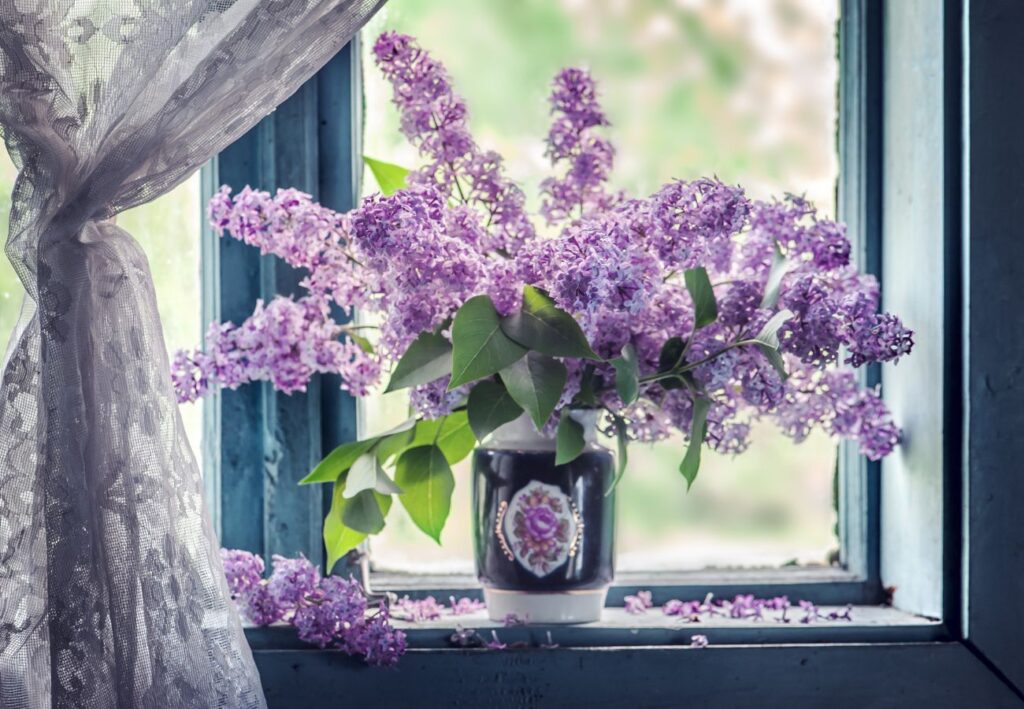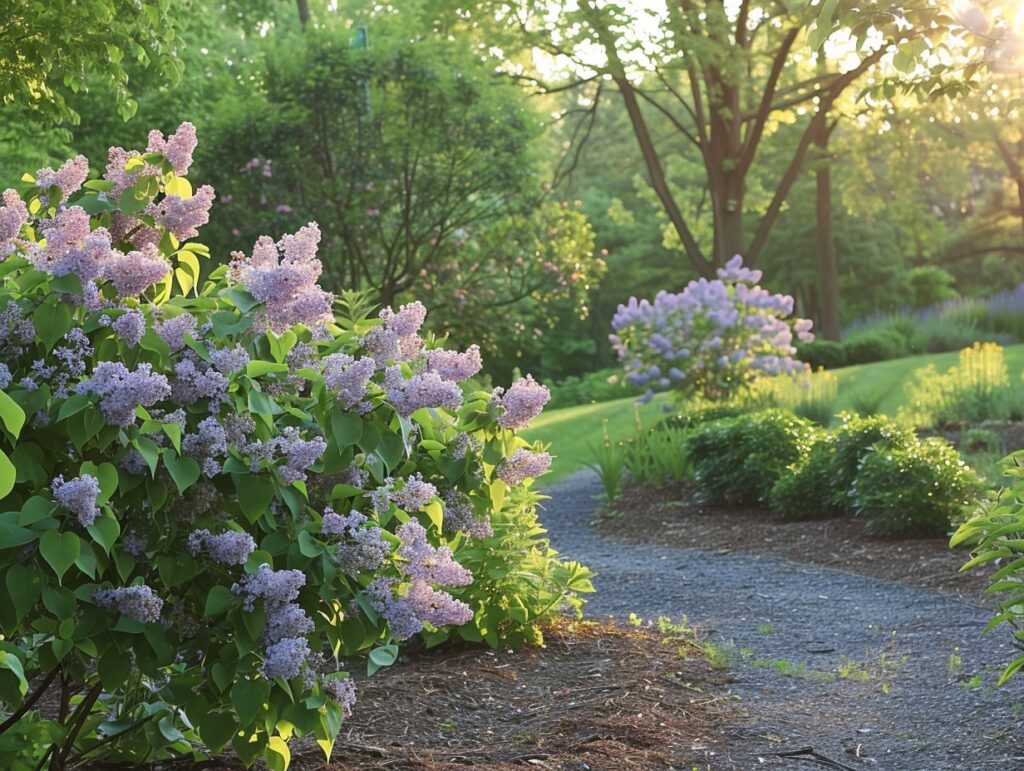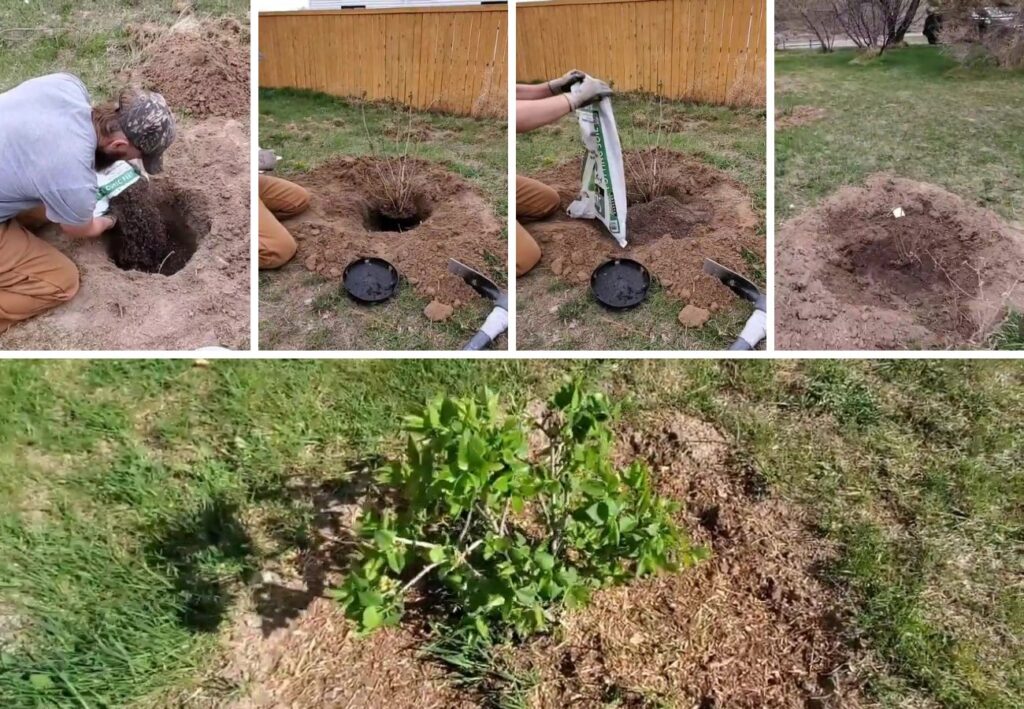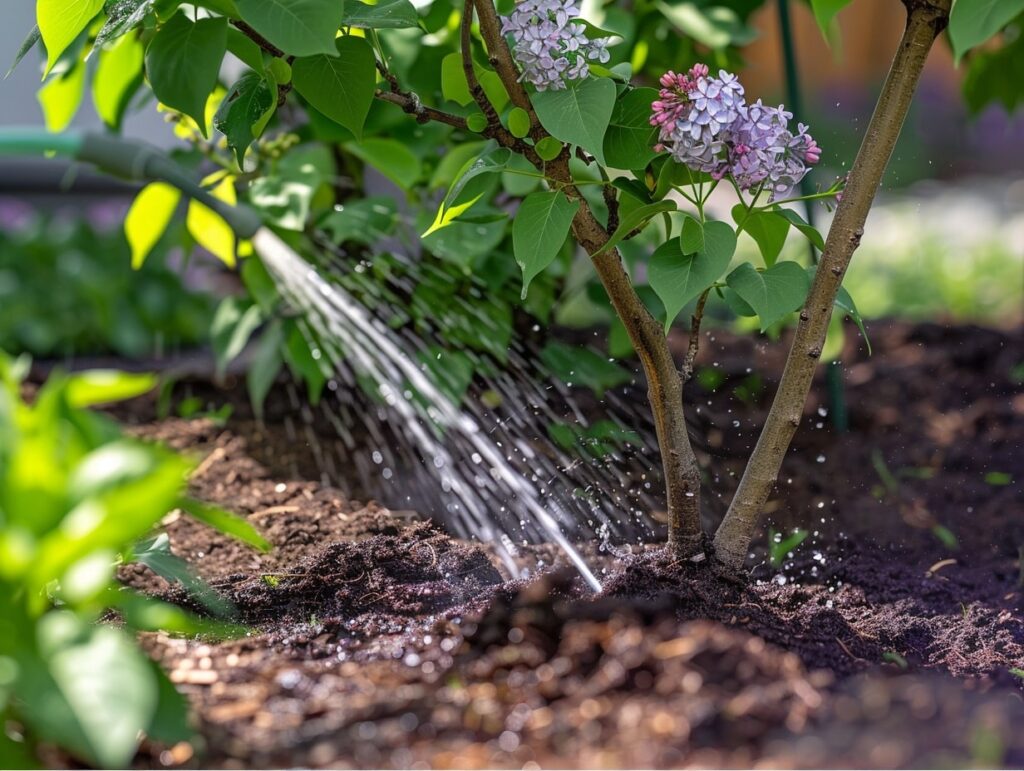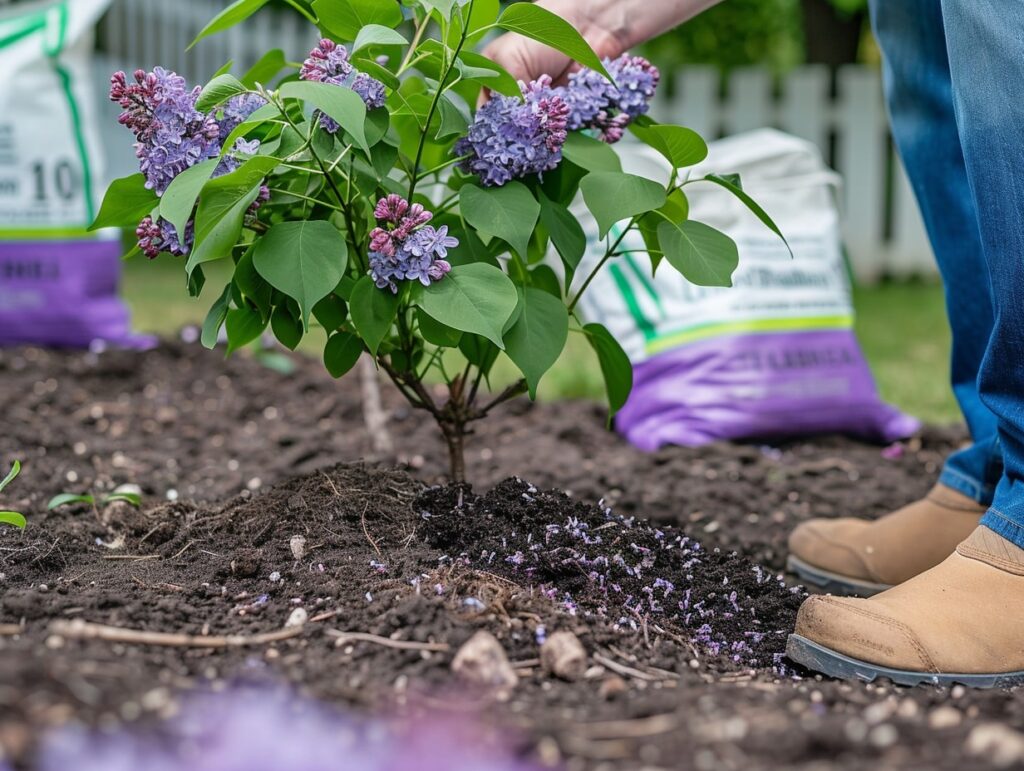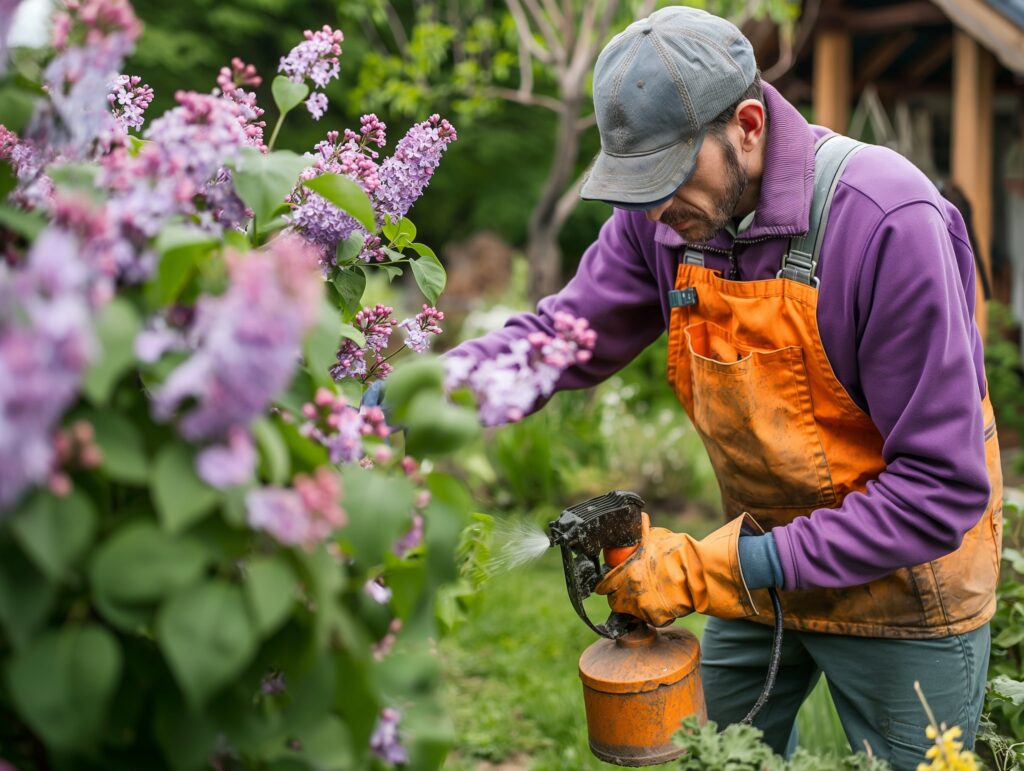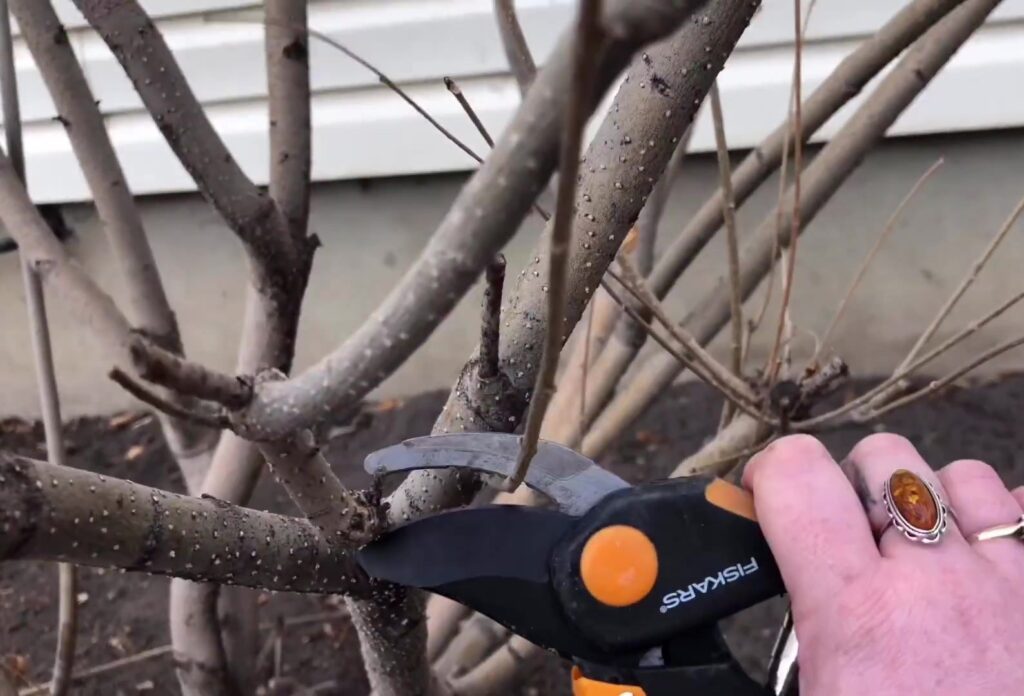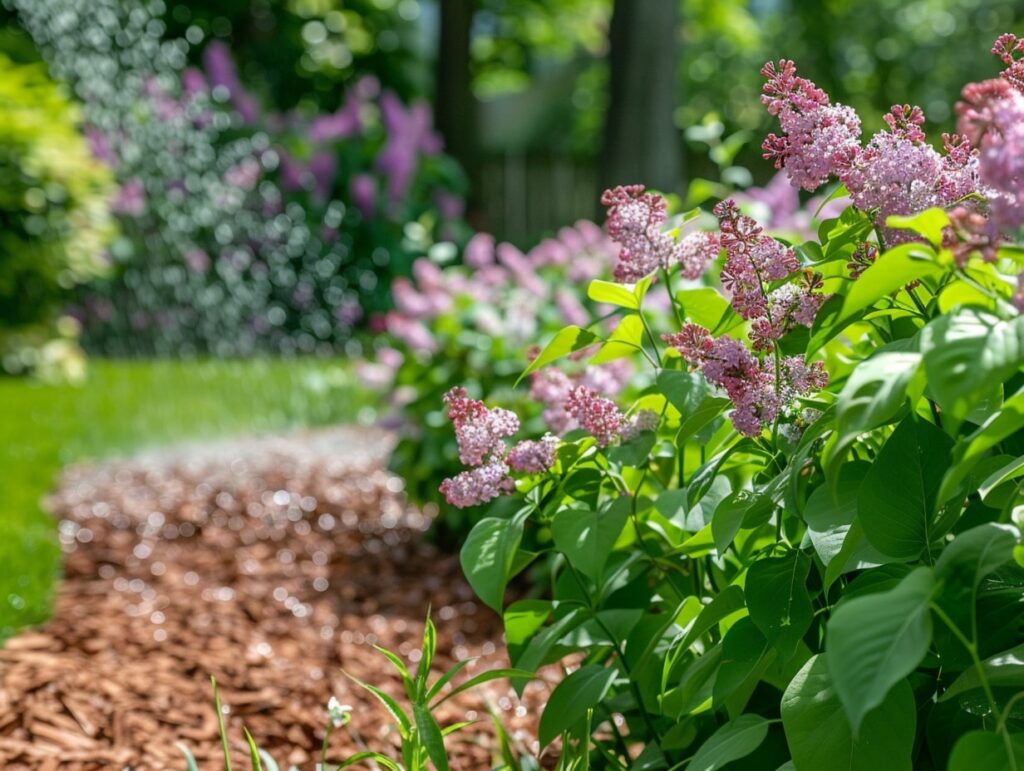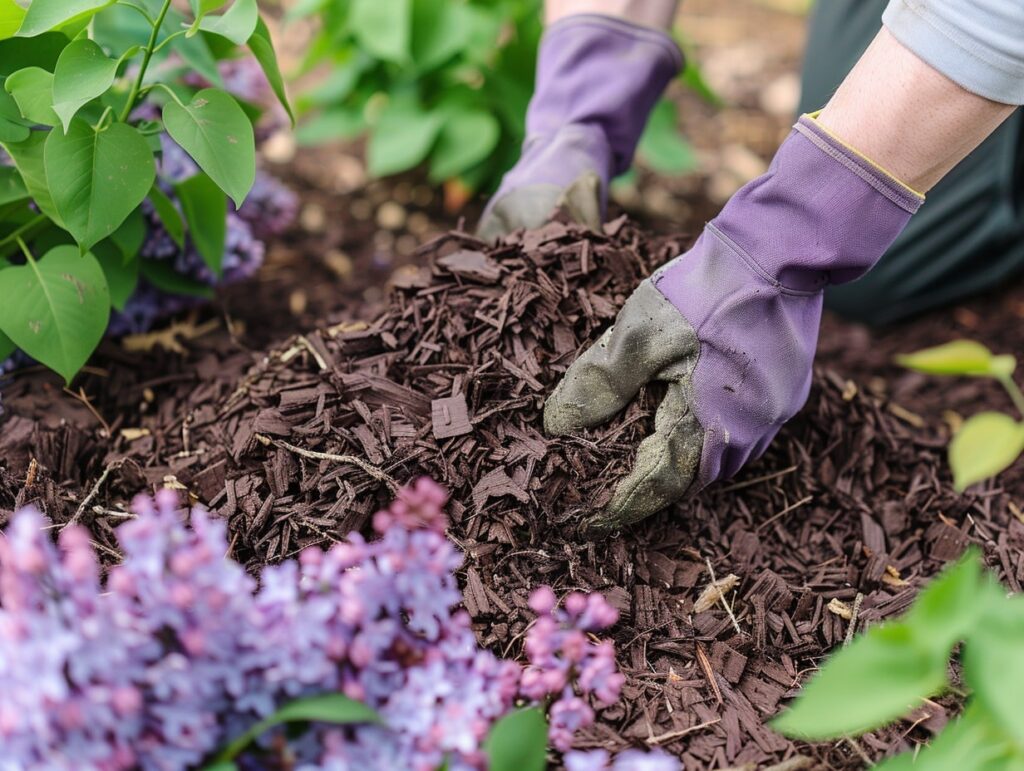Are you dreaming of a garden bursting with the delightful fragrance and stunning blooms of lilac bushes? The journey to a vibrant lilac display starts with understanding their needs.
These beautiful bushes thrive in full sun—at least six hours daily—and require specific planting and soil conditions to flourish.
Struggling with dull, lifeless plants? Follow our expert tips to transform your garden into a blooming oasis, filled with the captivating charm of lilacs. Let’s get started!
When caring for your lilac bushes, remember that regular pruning is essential for maintaining their shape and encouraging new growth. Cutting back old, spent flowers can significantly enhance the next season’s blooms.
It’s also important to water your lilacs regularly but avoid overwatering, as lilacs prefer well-draining soil.
Establishing the right environment and care routine for your lilac bushes will reward you with their beautiful blooms year after year. By following these straightforward tips, you can enjoy vibrant lilacs that add charm and elegance to your garden space.
Getting to Know Lilacs
Lilac bushes are popular for their attractive appearance and pleasant scent. Different varieties and their history offer a rich, diverse experience for gardeners.
Varieties of Lilac Bushes
There are many types of lilac bushes, each with unique characteristics. Common types include:
Common Lilac (Syringa vulgaris): Known for its large, fragrant flower clusters.
Japanese Tree Lilac (Syringa reticulata): Features creamy white flowers and a tree-like shape.
Persian Lilac (Syringa persica): Generally smaller, with pale lilac to white flowers.
Dwarf Korean Lilac (Syringa meyeri ‘Palibin’): Compact, suitable for small spaces, and highly fragrant.
Understanding these varieties helps you choose the best fit for your garden.
History and Significance
Lilacs have a rich history dating back to ancient Greece and Persia, symbolizing love and purity. They were introduced to North America by European settlers and have rooted deeply in American culture.
Lilacs often symbolize spring and renewal, making them popular in gardens and landscaping. They also hold a place in literature and art, celebrated for their beauty and fragrance.
Planting Your Lilac Bush
Lilac bushes thrive in sunny locations with well-drained soil. Proper planting involves careful site selection and soil preparation.
Choosing the Right Location
Lilacs need plenty of sunlight to bloom well. Choose a spot that receives at least 6 hours of direct sunlight each day. Morning sun is ideal, as it helps dry the leaves and reduce the risk of diseases.
Avoid planting lilacs near large trees or shrubs that may compete for nutrients and water. Ensure good air circulation around the plant to prevent mildew and other issues.
It’s best to plant lilacs in locations where they’ll have enough space to grow. They can reach heights of 8 feet or more, so plan accordingly.
Soil Preparation and Requirements
Lilacs prefer well-drained, fertile soil with a neutral to slightly alkaline pH (6.5 to 7.5). If your soil is too acidic, you may need to add lime to adjust the pH.
Before planting, test your soil to determine its pH and nutrient levels. This helps in addressing any deficiencies beforehand.
Amend the soil with organic matter such as compost or well-rotted manure. This improves soil structure, drainage, and nutrient availability.
Planting Steps
Dig a Hole: Dig a hole about twice as wide and just as deep as the root ball of your lilac bush.
Prepare the Roots: If the roots are pot-bound, gently loosen them before planting.
Position the Plant: Place the lilac bush in the hole. Ensure the top of the root ball is level with the surrounding soil.
Fill the Hole: Backfill with a mix of native soil and compost. Firm the soil gently to eliminate air pockets.
Water Thoroughly: Water the newly planted bush thoroughly to settle the soil around the roots. Continue to water weekly, especially during dry periods.
Mulch: Apply a 2-3 inch layer of mulch around the base to retain moisture and regulate soil temperature. Keep mulch away from the stem to prevent rot.
Lilac Bush Care Essentials
Proper care for lilac bushes involves specific watering practices, effective fertilization, and vigilant pest and disease management. It’s crucial to follow these guidelines to ensure healthy and vibrant blooms.
Watering Practices
Lilac bushes need consistent watering, especially during dry spells. Deep, weekly watering is ideal for established plants. Ensure the soil is moist, but not waterlogged, as overwatering can lead to root rot.
A good practice is to water in the morning to allow leaves to dry out during the day, minimizing the risk of fungal diseases. Newly planted bushes require more frequent watering until they are fully established. Use mulch to retain soil moisture and reduce evaporation.
Fertilization Tips
Fertilize lilacs in early spring before new growth appears. Use a balanced fertilizer, such as a 10-10-10 ratio, to promote healthy growth. Apply the fertilizer around the base, avoiding direct contact with the stems.
It’s also beneficial to test your soil to identify nutrient deficiencies. Sometimes organic compost or well-rotted manure can be better choices, enriching the soil naturally. Avoid over-fertilizing, as this can lead to excessive leaf growth at the expense of blooms.
Pest and Disease Management
Monitor lilac bushes regularly for pests like aphids, scales, and borers. Neem oil or insecticidal soap can be effective treatments. Keeping the area around the bushes clean can prevent infestations.
For disease management, watch for signs of powdery mildew, leaf spots, and blight. Prune any affected parts promptly and ensure good air circulation around the plants.
Fungicides may be necessary if the infection is severe. Proper spacing and pruning also reduce the risk of disease.
Seasonal Care and Maintenance
Lilac bushes require specific care routines during different seasons to thrive. Proper watering, pruning, and preparing for harsh conditions are essential.
Spring Care Routine
In spring, you should begin by removing any dead or damaged branches from the lilac bush. Pruning helps the plant direct its energy towards new growth. Aim to prune right after blooming to encourage new shoots and maintain shape.
Watering is crucial, especially if spring rains are sparse. Keep the soil consistently moist but not waterlogged.
Feed your lilacs with a balanced, slow-release fertilizer to promote healthy growth. Adding mulch around the base will help retain moisture and deter weeds.
Summer Care Tips
During the summer, regular watering becomes essential, especially in dry periods. Deep watering once a week is better than frequent shallow watering. Watch for signs of pests like lilac borers or powdery mildew.
Maintaining a layer of mulch will keep the roots cool and cons erves moisture.
Avoid heavy pruning in summer, but deadheading spent flowers can encourage a tidier appearance.
Preparing for Winter
As winter approaches, it’s important to prepare your lilac bushes for frost. Mulch around the base with a thicker layer to insulate the roots. Reduce watering as the plant goes dormant.
If you live in an area with harsh winters, consider a burlap wrap for added protection. Refrain from fertilizing in late fall to prevent new growth that can be damaged by frost.
Incorporating lilac bushes into your garden can significantly enhance its beauty and fragrance. By understanding and implementing proper care techniques, you ensure that your lilacs thrive year after year.
From choosing the right location and preparing the soil to regular watering, fertilization, and pest management, each step plays a crucial role in the health and vibrancy of your lilac bushes.
Seasonal maintenance, including pruning and winter preparation, further supports their growth and bloom potential. Embrace these practices, and your garden will be graced with the charming elegance and delightful scent of lilacs season after season.

